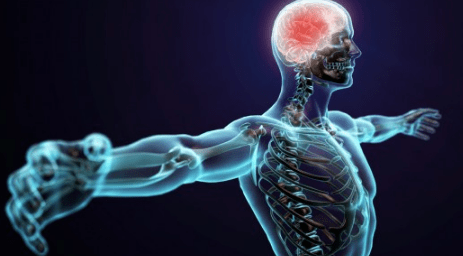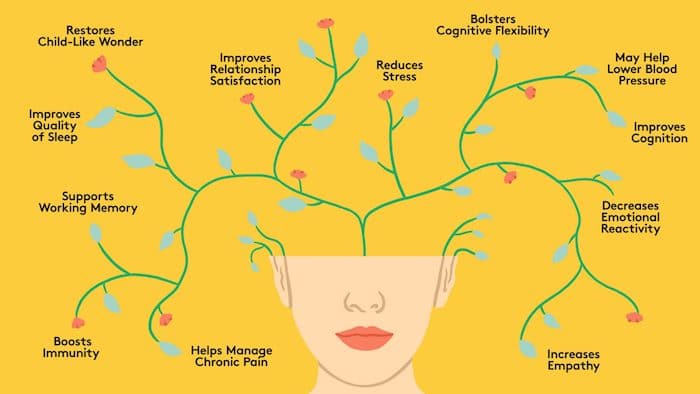Meditation is one way to increase the activity on our left side. It is one path to balance.
Mind over matter. Doesn’t reading that conjure up visions of a hippie-dippy shop complete with tinkling glass chimes and crystals or Indian Swamis sleeping on a bed of nails.
However, if you just take a moment, you might realize that there are examples of this all around us.
Walk down a path in the woods and see a snake. Your body’s chemistry changes. Your blood pressure goes up, white blood cells begin to multiply, adrenaline dumps into your bloodstream, and you feel all the shakiness associated with danger. No drug was introduced, nothing was ingested. Our shared experience informs us that there is a connection between our mind and our body.
The problem we face is that neither our minds nor our bodies are the best design for the world that we live in. Whether it is a saber-toothed tiger or the threat of being laid off, our nervous system reacts the same way. The difference is that we would burn the adrenaline off running from the tiger, and in the modern world we sit and eat our hearts out
Our technological progress is outdistancing our ability to adapt, and this causes unresolved stress. We are programmed to pay more attention to the negative because in a natural environment discomfort our pain translates into danger and surviving is our primary concern. Think of how your attention is hijacked out of auto-pilot when something comes too close to your car.
That hardwired bias towards danger becomes self-reinforcing. It directs us to pay attention to all manner of disturbing news that might be perceived as a threat. Reporters, being human, are also pulled to pay attention to those things that hint of danger or concern. Such stories fill the media, and it seems threat and corruption lurk in every corner.
The brain in many ways is like a muscle. It is a complex network of neurons. According to Dr. Rick Hanson, a leader in the field of Neuropsychology; neurons that fire together wire together and form pathways in the brain. This is called Neuroplasticity. As we repeat a thought, it builds a pathway in the brain that promotes our ability to think that same thought.
So… We can use our minds to mold our brains to make the thoughts we want to have, easier to have.

Unfortunately, this also works in reverse. If we do not pay attention to what we are putting into our minds, those pathways will also be built by negative thoughts making it easier to be fearful. A teacher once warned me to put guardians at the gateways to my mind (let’s not talk about what I had been allowing in.) Is it any wonder that people who go to slash and gash horror movies have elevated anxiety, diminished sleep quality, and exaggerated startle responses.
The upshot of this is: if we want to elevate our base level of happiness; if we want to see the glass more often half full than half empty; if we want to lower our level of anxiety; we have to be aware of the negativity swirling around us and resolve to balance it. We can do that. It just takes a little bit of intentionality.
In our day-to-day lives, it is easy to get caught up in the things that go wrong and feel like we are living under our private rain cloud; at the same time, we tend to adapt to the good things and people in our lives, taking them for granted. Here is a practice that, according to the Greater Good Science Center, raises our base level of happiness for up to six months.


